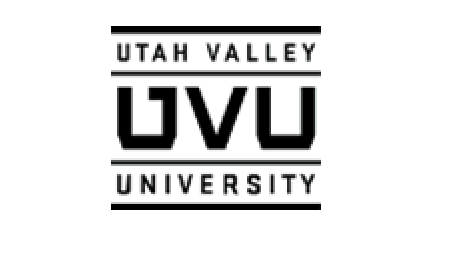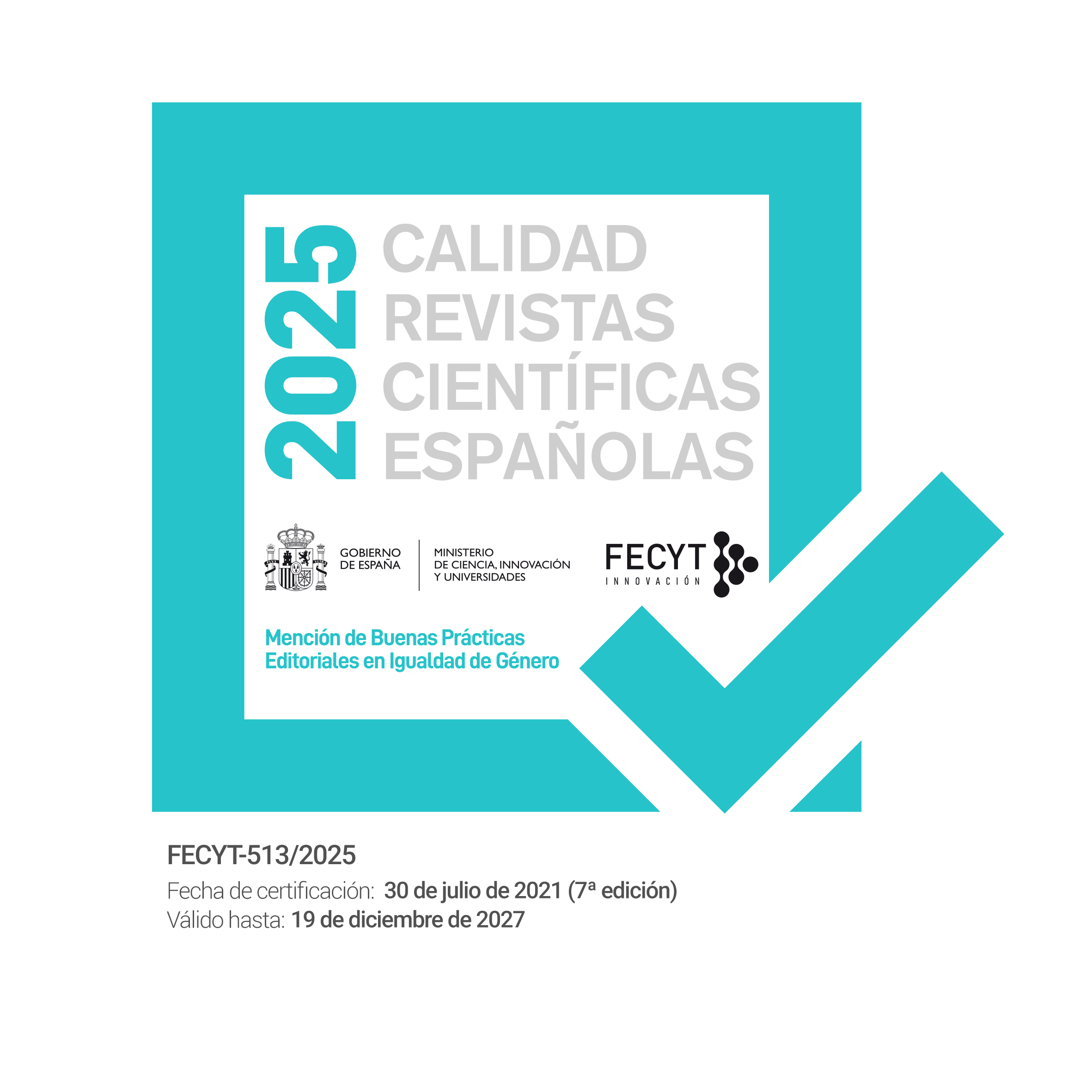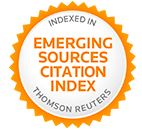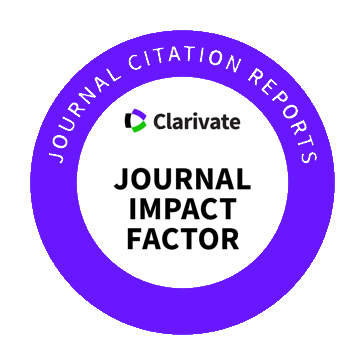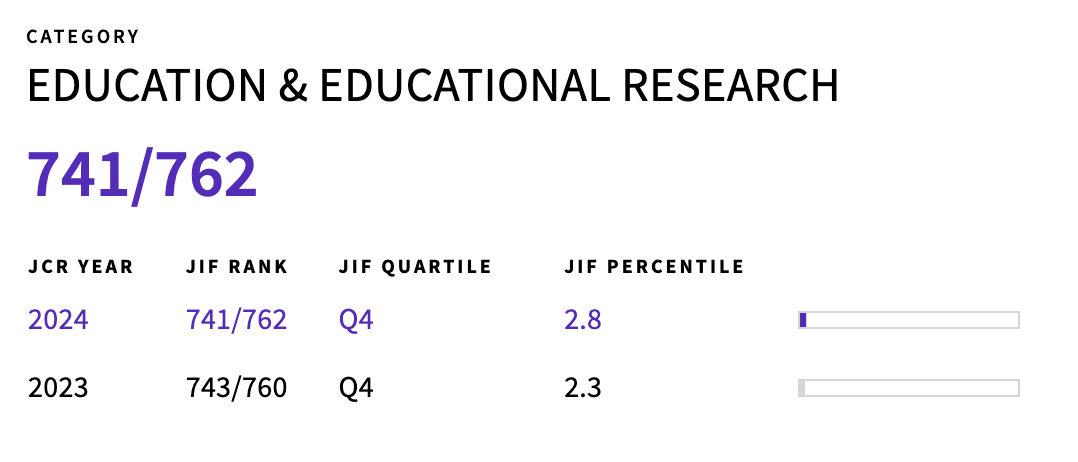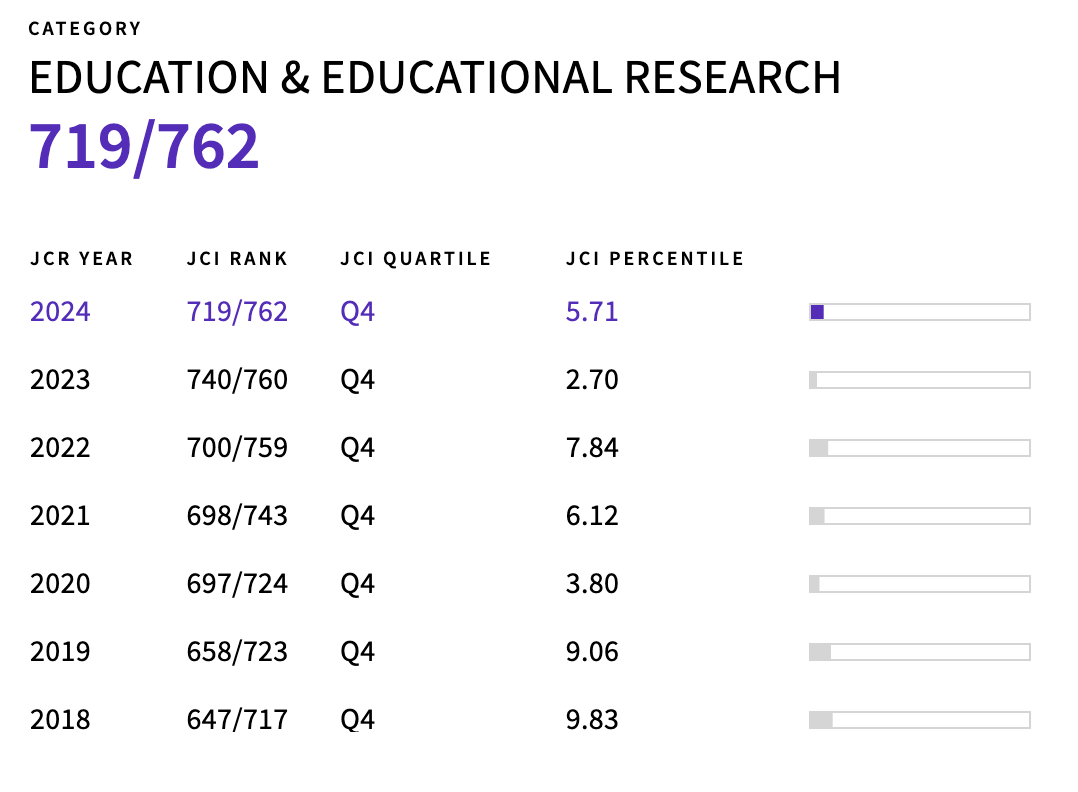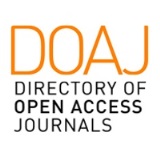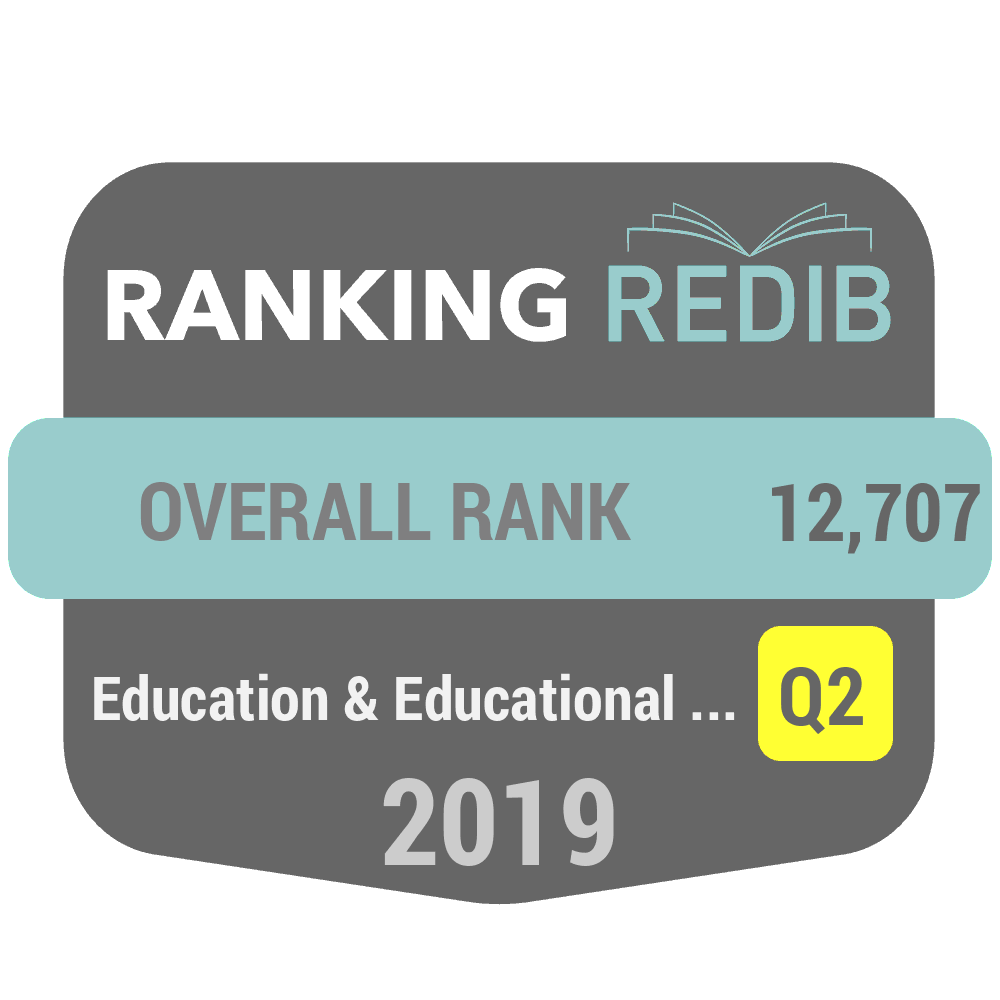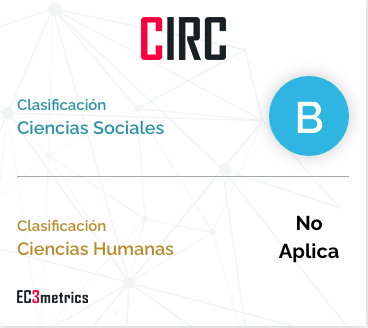Creativity as a cognitive measure in young people with intellectual disabilities
DOI:
https://doi.org/10.55777/rea.v15iEspecial.4676Keywords:
creativity;, intellectual disability;, non-university students;, university students;, CREAAbstract
Attention to diversity and inclusive education must be able to take on the same challenges of the 21st century, which involves incorporating into the teaching-learning process the development of competences that enable them to adapt to change. Nowadays, creativity is considered as part of the development of divergent thinking and problem solving, areas of special difficulty for people with intellectual disabilities. For this reason, the aim of the research is to evaluate, in young people with intellectual disabilities, their creative capacity as a cognitive measure, through the standardised CREA test. To this end, 91 participants between the ages of 11 years 11 months and 28 years of chronological age took part in the study. The participants who took the CREA test had a mean percentile score of 34.62 on the 6-11 years scale. The mean total score decreased to 20.11 in the 12 to 16 years age range. The data invite us to reinforce, within educational praxis, the cognitive processes associated with creativity such as decision-making and problem-solving from pre-university ages as fundamental steps to improve creativity as a cognitive measure.
Downloads
References
Alarcón-Leiva, J. & Sepúlveda-Dote, M. (2014). La conducta adaptativa como criterio diagnóstico de discapacidad intelectual en estudiantes de Chile. Revista Latinoamericana de Ciencias Sociales, Niñez y Juventud, 12 (1), 187-199. DOI:10.11600/1692715x.12110091713
Alegría, J. (2003). La educación nacional e incidencia de la globalización en las tendencias educativas mundiales. Revista Realidad y Reflexión, 38, 55-66. https://hdl.handle.net/11592/8383
Alonso, D. (2016). El desarrollo de la autodeterminación a través del proceso creativo de las personas con discapacidad intelectual. ARTSEDUCA, 15, 70-95.
American Psychiatric Association (2013). Diagnostic and Statistical Manual of Mental Disorders, 5th. Edition (DSM-5). American Psychiatric Association http://www.hakjisa.co.kr/common_file/bbs_DSM-5_Update_October2018_NewMaster.pdf
Arráez, T. (2020). Psicología de los procesos cognitivos y la resolución de problemas en educandos con discapacidad intelectual y del desarrollo. REPSI - Revista Ecuatoriana de Psicología, 3 (5), 46-59. DOI: https://doi.org/10.33996/repsi.v3i5.32
Barcia, M. (2006). Evaluar la creatividad en la educación primaria. En Comprender y evaluar la creatividad, Vol. 2. Aljibe.
Benedek, M., Jauk E., Sommer, M., Arendasy, M. & Neubauer, A.C. (2014). Intelligence, creativity, and cognitive control: The common and differential involvement of executive functions in intelligence and creativity. Intelligence, 46, 73-83. DOI: 10.1016/j.intell.2014.05.007
Bermejo García, R., Ferrando Prieto, M. M., Sainz Gómez, M., Soto Martínez, G. & Ruiz Melero, M. J. (2014). Procesos Cognitivos de la Creatividad en Estudiantes Universitarios. Educatio Siglo XXI, 32, 41–58. https://doi.org/10.6018/j/202151
Carrascal, S. & Solera, E. (2014). Creatividad y desarrollo cognitivo en personas mayores Arte, Individuo y Sociedad, 26 (1), 9-19. https://www.redalyc.org/pdf/5135/513551290001.pdf
Corbalán, F.J, Martínez, F., Donolo, D., Alonso, C., Tejerina, M. & Limiñana, R. M. (2003). CREA: inteligencia creativa. Tea ediciones.
Eisner, E. (2002). The arts and the creation of mind. Yale University Pres
Giúdice, M.M. (2013). Educación, discapacidad y el desarrollo de la creatividad. Journal for Educators, Teachers and Trainers, 5 (1), 90–102.
Guilford, J.P. (1967). Creativity: yesterday today and tomorrow. Journal of Creative Behavior, 1, 3-14. https://doi.org/10.1002/j.2162-6057.1967.tb00002.x
Guilford, J. P. (1959). Structure of intellect. Psychological Bulletin, 53, 267-293.
Hervás Avilés, R. M. (2008). Identificación de variables que influyen en los estilos de aprendizaje. Claves para conocer cómo aprenden los estudiantes. Revista De Estilos De Aprendizaje, 1(1).). https://doi.org/10.55777/rea.v1i1.868
López Quintás, A. (2021). La Manipulación al Descubierto: Cómo Salvar Nuestra Creatividad y Nuestros Valores. Colección Fundación López Quintás.
López Quintás, A. (2002). Inteligencia creativa: el descubrimiento personal de los valores. Biblioteca Autores Cristianos.
Krumm, G. L., Arán Filippetti, V., & Kimel, E. (2020). Funciones ejecutivas en niños escolarizados con alta y baja creatividad. Psicogente, 23(44), 1-19. https://doi.org/10.17081/psico.23.44.3493
Mampaso Desbrow, J., & Carrascal Domínguez, S. (2020). El espacio como elemento facilitador del aprendizaje y de atención a la diversidad. Revista De Estilos De Aprendizaje, 13(25), 1–3. https://doi.org/10.55777/rea.v13i25.2092
Matamoros Suárez M. C. (2013). Educación en y para la diversidad. Y estilos de aprendizaje. Revista De Estilos De Aprendizaje, 6(12). https://doi.org/10.55777/rea.v6i12.988
Mednick, S.A. (1968). The remote associates test. Journal Creative Behavior, 3 (2), 213-214.
Méndez Sánchez, M. & Ghitis Jaramillo, T. A. (2015). La creatividad: Un proceso cognitivo, pilar de la educación. Estudios pedagógicos, 41(2). http://dx.doi.org/10.4067/S0718-07052015000200009
Naciones Unidas. (ONU). (2006). Convención internacional amplia e integral para la protección y promoción de los derechos y la dignidad de las personas con discapacidad. Informe Asamblea General. A/AC.265/2006/4. https://www.dpi.org.
OCDE (2015). Panorama de la Educación 2015: Indicadores de la OCDE. Publicaciones de la OCDE.
Palacios, Y. (2010). Educación emocional y creatividad en la I y II etapa de Educación Básica. Revista de Investigación, 34, 249-270. https://www.redalyc.org/pdf/3761/376140386012.pdf
Pastor Ivars, M. & Llamas Pachecho, R. (2011). Arte contemporáneo como expresión de la discapacidad. ARCHE, 6-7, 405-412. http://hdl.handle.net/10251/34474
Pérez Sánchez, L. & Cabezas Gómez, D. (2007). Programa de entrenamiento en solución de problemas prácticos aplicado a personas con discapacidad intelectual. Psicothema, 19, (4), 578-584. https://sid-inico.usal.es/idocs/F8/ART11147/programa_de_entrenamiento_soluci%c3%b3n_problemas.pdf
Schalock, R., Lukasson, R. & Tassé, M.J. (2021). Definición, diagnóstico, clasificación y planificación de apoyos para personas con discapacidad intelectual: un consenso emergente. Siglo Cero, 52 (3), 29-36. DOI: https://doi.org/10.14201/scero20215232936
Talavera, M., Hurtado, A., Cantó, J., & Martín, D. (2015). Valoración de la creatividad grupal y barreras del pensamiento creativo en universitarios. Revista De Estilos De Aprendizaje, 8 (15). https://doi.org/10.55777/rea.v8i15.1028
Thompson, J. R., Wehmeyer, M. L., Hughes, C., Shogren, K. A., Palmer, S. B. & Seo, H. (2014). The Supports Intensity Scale–Children’s Version: Preliminary Reliability and Validity. Inclusion, 2 (2), 140-149. https:// doi.org/10.1352/2326-6988-2.2.140
Torrance, E.P. (1990). Pruebas de Torrance de Pensamiento Creativo. Manual para puntuación e interpretación de resultados. Verbal, Formas A y B. Scholastic Testing Service.
Zomeño Martínez, A., Verdugo-Perona, J.J. & Solaz-Portolés, J.J. (2019). Creatividad y resolución de problemas en la educación secundaria: una primera aproximación. Revista Contribuciones a las Ciencias Sociales. https://www.eumed.net/rev/cccss/2019/04/creatividad-resolucion-problemas.html//hdl.handle.net/20.500.11763/cccss1904creatividad-resolucion-problemas
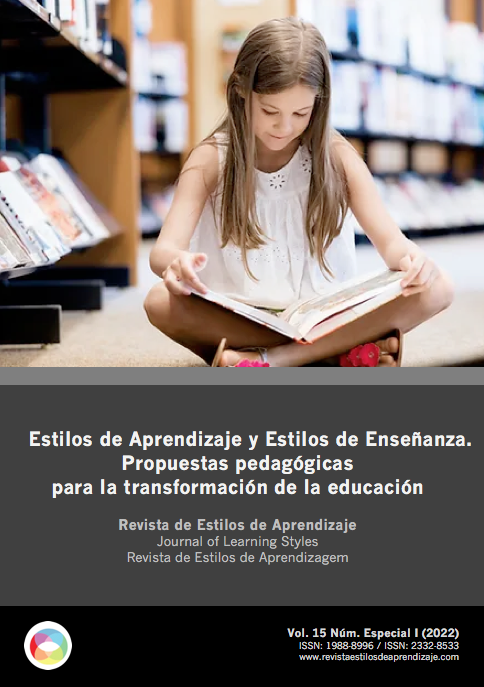
Downloads
Published
How to Cite
Issue
Section
License
By submitting the original, the author(s) declare that they are aware of and accept, in full, the privacy policy as well as the copyright of the Learning Styles Magazine.
The Learning Styles Magazine offers free and open access to its content, completely free of charge, in order to bring scientific research to its readers and society in general. All digital contents are free and open access and are published under a Creative Commons license:

Rights are granted under the Creative Commons Reconocimiento-NoComercial-SinObraDerivada 4.0 Internacional (CC-BY-NC-ND 4.0)
The Learning Styles Magazine is an open access journal. Publication of articles or reviews in the Journal does not entitle you to any remuneration. For authors as well as readers, the journal is free Creative Commons Reconocimiento-NoComercial-SinObraDerivada 4.0 Internacional (CC-BY-NC-ND 4.0).
With this licence, the reproduction and dissemination of the contents of the magazine for educational, social and knowledge transmission purposes is permitted, without any profit motive in mind, provided that the source and authorship are not modified. The licence granted to Learning Styles Magazine allows the copying and distribution of the magazine's contents, as long as the authorship of the work is recognised, correctly specifying the author and the publishing entity. The work may not be used for commercial purposes, nor may it be altered, transformed or generated from this work.
The publication of articles or reviews in the Journal does not give the right to any remuneration.
The Learning Styles Journal invites the author/authors to increase the visibility and scope of their articles published by re-disseminating them in:
- Web spaces and personal networks, as well as in scientific meetings and forums
- Open institutional archives in Universities, educational repositories and Research Centres.
- Academic and scientific networks (Researchgate, Academia.edu, Plubons, etc.)
All these spaces and publications must include all the bibliographic data of the publication.


